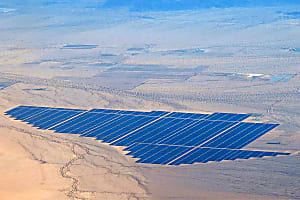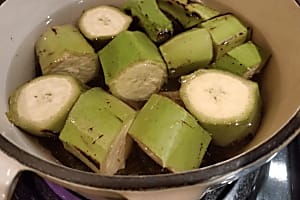NAGPUR: Digging a hole just a few feet deep at home is a good start in harvesting rainwater, said Laxman Jungari, retired executive engineer of the state's irrigation department. He was speaking at a lecture organized by
Sarwadhar Jyeshtha Nagarik Mandal at Pawanbhoomi Ground on Friday.
"Water situation in the city is grim. We are unable to harness usable water mainly due to large scale constructions and concretization, coupled with irregular rainfall pattern. We keep digging wells and extract groundwater without realizing that we're depleting the source. Therefore, water should be used sparingly," said Jungari.
According to Jungari, in natural conditions, out of the total water received during monsoon, 55% flows into sewage lines, 35% evaporates and only 10% seeps below the ground, recharging
underground water source. "However, in the city where there are lot of concrete structures, only 3-4% of rainwater seeps into the ground," he said.
Pockets of water found a few metres below the surface are called aquifers. "The water here is soaked by permeable rocks usually found just below the ground and is easily accessible. Water is being collected there since ages. When a well is dug, water in the aquifer is concentrated in it," he said.
However, continuous exploitation of aquifers depletes the water inside which results into wells drying out. "We must realize that there is a finite amount of water available in these aquifers. The water here is pH neutral which makes it fit for drinking. So we must use rainwater, which is also pH neutral, to recharge its sources," said Jungari.
He said that the ground surface at places where rivers flow is saturated with water. Excess water percolates further down the surface and forms aquifers over thousands of years. "Water found 100 metres below the surface in
Arunachal Pradesh is 2,700 years old which the scientists found through carbon dating. Water 130 metres below the surface in
Gujarat is 3,400 years old," he added.
"In 1972, we faced severe water crisis which led to famine. We had to import foodgrains from the USA because we didn't have the technology to find water sources. Now we have it, but we need to be economical in using water," Jungari said.
 Laxman Jungari (right) speaks on rainwater harvesting, on Friday
Laxman Jungari (right) speaks on rainwater harvesting, on Friday Laxman Jungari (right) speaks on rainwater harvesting, on Friday
Laxman Jungari (right) speaks on rainwater harvesting, on Friday



